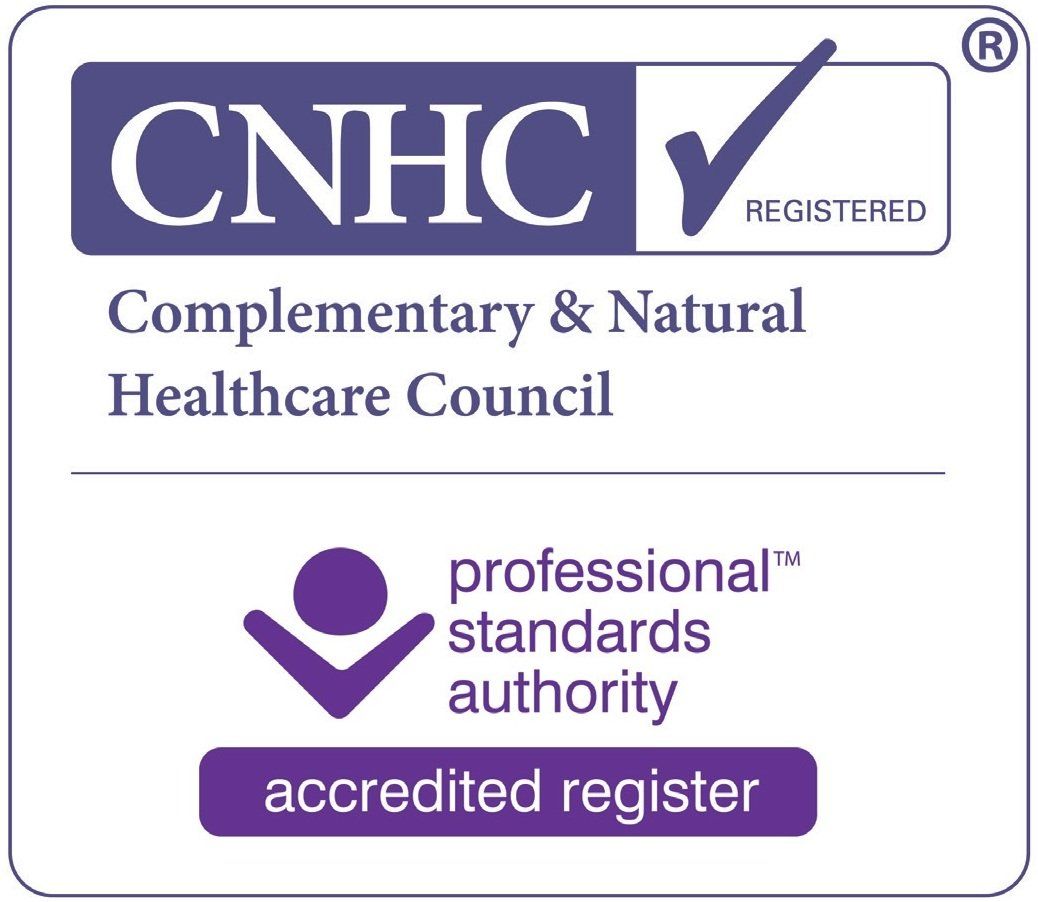Muscles are stressed by training, fed in the kitchen and built whilst sleeping and resting.
Recovery is an important part of every sport and exercise participant’s training programme.
Training and recovery need to be balanced appropriately in order to maximise training adaptation. Inadequate recovery can lead to fatigue, reduced performance or injury. Recovery is no longer simply a matter of resting, as sport and exercise participants now use a wide range of strategies to enhance their recovery.
What is the physiological effect of training and recovery?
In order to improve fitness and enhance performance the body needs to respond and adapt to training. Fitness may only improve by an increase in volume or intensity over time. Central to understanding training and recovery is the principal of overload. Training provides a stimulus which overloads the body, and through recovery the body adapts and makes training gains. Therefore recovery is an essential part of the physiological adaptation process to training.
The physiological stresses caused by training have short term (acute stimulus) and long term adaptations (training stimulus).
Exercise induced muscle damage is a normal short term response to physiological stress place on the body during exercise. Delayed onset muscle soreness is commonly experienced after intensive training which is a symptom of exercise induced muscle damage.
Other symptoms may include reduced muscle strength, reduced range of motion and reduced coordination. These are temporary symptoms that require a period of recovery to repair.
Long term physiological adaptations such as increased strength, increases to range of motion, improved agility and skills are more longer-lasting responses to a training programme.
The physiological effects of the adaptations process to training can be categorised as:
- morphological changes
- metabolic changes
- neuromuscular changes
The extent of change will depend on the nature and type of the sport training programme.
Why do you need recovery strategies?
Knowing when an athlete is responding well to training, versus when an athlete is not, is essential when following a training programme. Observing the signals allow the coach to adjust the athlete’s training programme as necessary to ensure continual adaptation, prevent overtraining, and ultimately improve performance.
There are numerous subjective and objective indicators that can be used to monitor an athlete’s readiness for training.
- Subjective - motivation, perceived energy, feeling ready, questioning
- Objective - reduced performance, improved performance, resting heart rate, changes in weight, observable changes in character.
Essentially incorporating rest and recovery into a training programme ensures an athlete is gaining optimum benefit from training sessions and is able to maintain adherence to the training programme.
Recovery strategies
The most powerful recovery tools for athletes or exercise enthusiasts are ensuring good quality sleep patterns, allocating periods of rest, appropriate nutrition and adequate hydration.
Sleep deprivation has been shown to cause slower reaction times, increased pain sensitivity, immune system suppression, greater susceptibility to colds, impaired motor learning and reduced concentration.
Recovery strategies should be included in a short-medium term training programme and incorporated into a periodised training schedule.
Short-term: active recovery and passive recovery
- Cool down, low intensity activity, stretching, inset recovery,
- Rest days, alternative activities, socialising, relaxing
- Mindfulness, meditation, naps, massage, showers, bathing
Long term:
train SMARTER (Specific, Measurable, Achievable, Relevant, Timely, Evaluate, Readjust) and match the process to the goals.
- Periods of reduced intensity (block training)
- Time out (breaks)
- Change of activity (participating in other sports or exercise modes).
- Lifestyle changes (abating stress)
There are many relaxation rituals and recovery strategies available to sport and exercise participants which can be incorporated into daily routines and training programmes such as ice baths, cryotherapy chamber, heat, compression clothing, contrast bathing, electromuscular stimulation, and analgesics. Whilst there is little scientific evidence to support the physiological effect these methods have facilitating the recovery process, the benefits may be more subjective in nature.
Essentially the aim of a recovery strategy is to modulate the stress response to exercise, allowing individuals to recover more quickly and consequently train harder.
Recovery is Training
